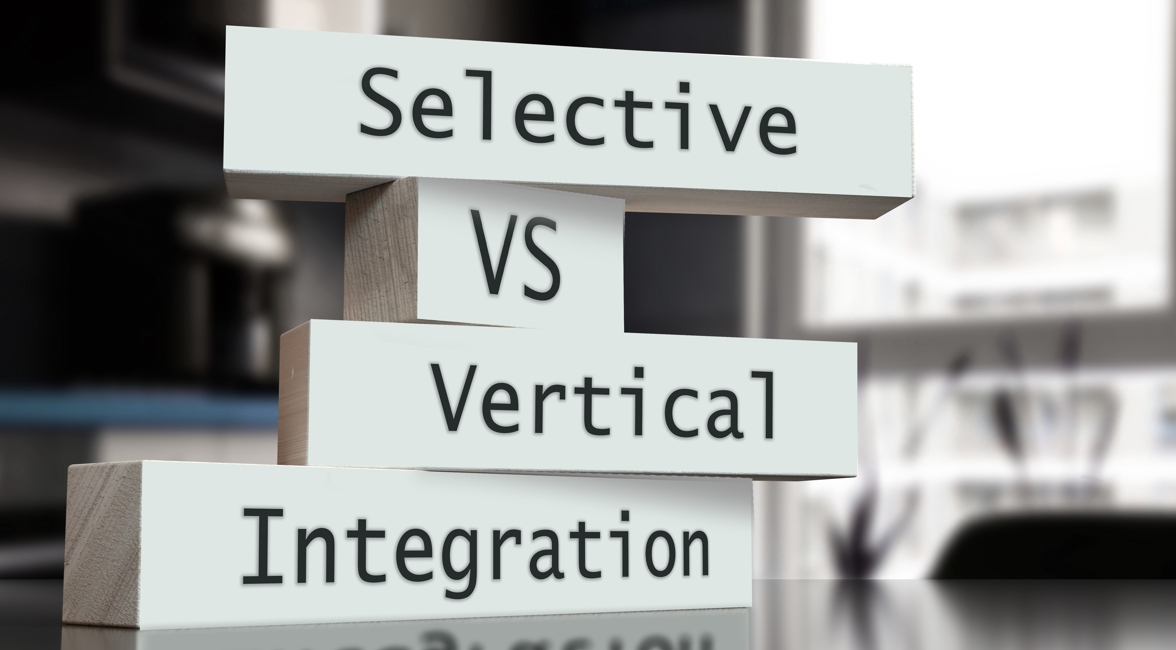Both selective and vertical integration serve important purposes, often with overlapping goals. Every organization has some level of both, and neither is the definitive “best” approach for every situation. However, as Milton Friedman’s famous “Pencil Parable” illustrates, total vertical integration is largely a myth. In recent years, the appeal of full vertical integration—where a company controls every step of design, development, and manufacturing—is on the rise. In theory, it eliminates dependencies, speeds up development, and ensures tighter control over quality. But what is the reality?
Reality Check: No One Owns Every Part of Every Process
Even the world’s largest medical device companies don’t fully integrate. Take Medtronic—while they develop and manufacture a wide range of life-saving technologies in-house, they still rely on external suppliers for components, raw materials, precision machining, and specialized partners for testing and compliance. If an industry giant like Medtronic, with its vast resources, still depends on external partners, expecting a mid-sized company to handle everything in-house is simply unrealistic.
This reality isn’t new. Economist Milton Friedman famously used the example of a #2 pencil to illustrate how even a simple product requires contributions from multiple industries.
The same holds true in medical device development. No single company can master every aspect of design, engineering, and production while still maintaining cutting-edge quality.
The Cost of Full Vertical Integration: A Heavy Trade-Off
Owning everything in-house sounds great—until you consider the cost. Full vertical integration means:
✔️ Massive infrastructure investment – Buying and maintaining specialized equipment and facilities for every process is expensive, especially when those processes aren’t needed 24/7.
✔️ High overhead & staff costs – Retaining full-time experts in every discipline (electronics, machining, molding, etc.) requires a massive workforce, even if their skills are only needed for certain projects.
✔️ Loss of flexibility – Instead of accessing the best specialists for each unique project, a fully integrated company must rely on internal teams, regardless of whether they are the best fit.
✔️ Potential Conflict of Interest – When a design firm also owns manufacturing, design decisions may be influenced by what’s most profitable to manufacture in-house, rather than what’s best for the product or client. This can limit creativity and innovation, as designs may be constrained by existing manufacturing capabilities instead of being optimized for the best available technology.
Ultimately, vertical integration serves only the highest-paying clients—the ones who can afford the inefficiencies that come with maintaining everything under one roof. Small and mid-sized startups and innovators, the core of our client base at Zewski Corporation, are easily priced out of this model.
More Than Just Integration—It’s About Leadership
So, if the real question isn’t just about choosing between vertical or selective integration, what is it really about?
It’s about finding a team led by someone who understands that in a startup program, priorities are always shifting.
Time, cost, and quality—each can take priority depending on the project’s demands. But a strong program leader doesn’t just react to these shifts; they anticipate them. They understand how development stages, resource availability, cost of goods, lead times, and even external factors like economic trends or regulatory changes can shape decision-making.
The best leaders blend deep development expertise with a strong network of external specialists, ensuring they can adapt, problem-solve, and guide a project to success—no matter the challenge.
This is exactly the approach we take at Zewski Corporation. Instead of trying to be everything to everyone, we focus on what we do best—mechanical design, structured documentation, testing & verification guidance, and light assembly for clinical evaluations. For everything else—electronics, machining, molding, and compliance—we collaborate with trusted specialists who bring dedicated expertise to the table.


